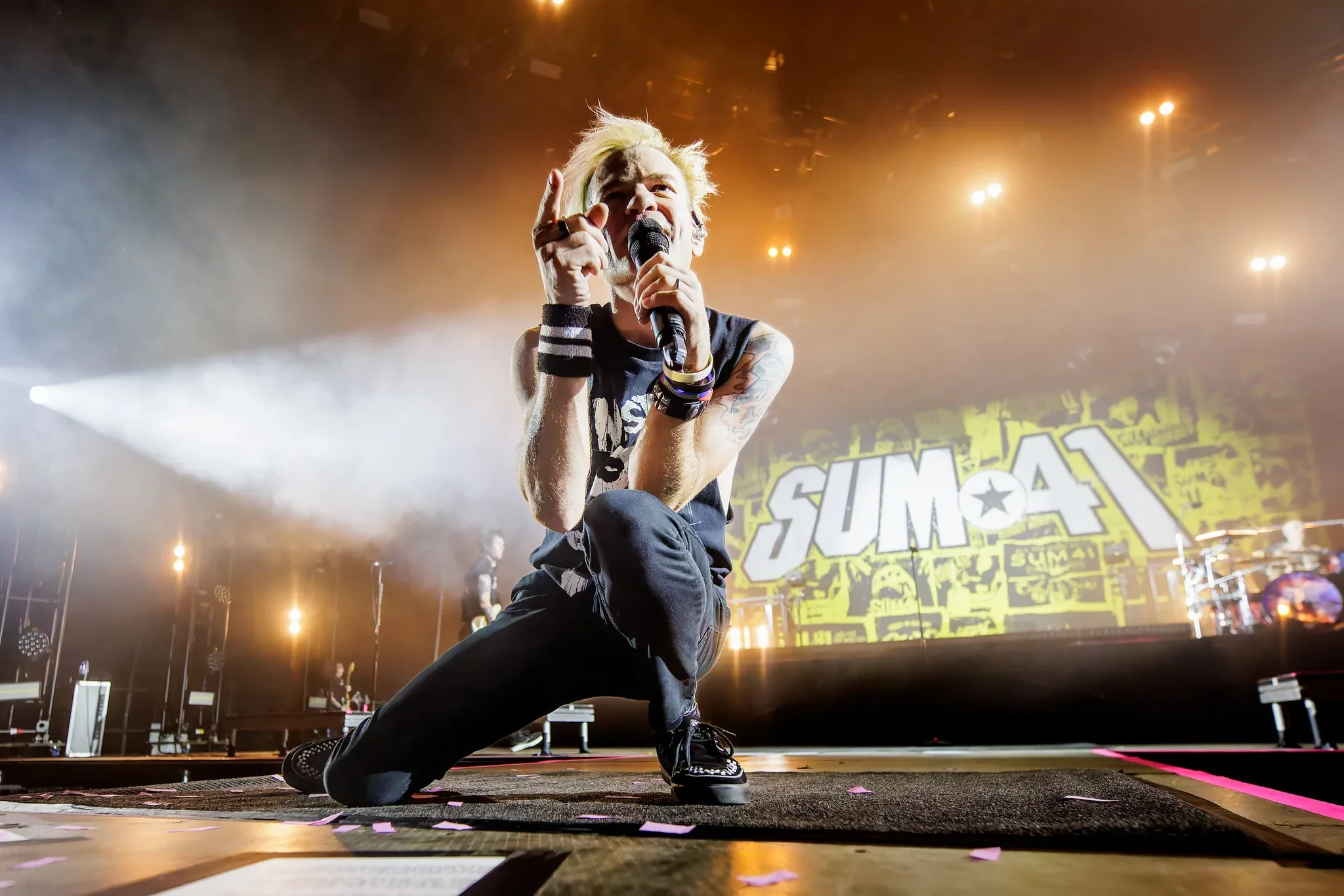Essential Gear for Concert Photography: What's Really in My Bag
Concert photography is where your gear becomes your lifeline. The fast-paced, ever-changing environment of a live show demands equipment that can keep up with the chaos. You need a camera that can handle low light, lenses that can capture the action from any angle, and accessories that keep you in the game, no matter what the night throws at you.
Camera Bodies That Can Handle Anything
Both DSLRs and mirrorless cameras have their merits, but in a world that’s moving increasingly towards mirrorless, you can’t go wrong with a solid mirrorless setup. Full-frame sensors are the gold standard here—they’re your best bet for handling the low light and wide dynamic range that concerts throw at you.
The Canon EOS R5, Nikon Z9, and Sony A1 are some of the heavy hitters in this space, offering exceptional low-light performance, lightning-fast autofocus, and high burst rates to capture every moment. If you’re looking for more budget-friendly full-frame options, consider the Canon EOS RP, Nikon Z6 II, or Sony A7 III, which still offer excellent performance without breaking the bank.
And don’t forget that with the market shifting to mirrorless, you can find some great bargains on second-hand DSLRs, like the Canon 5D Mark IV or Nikon D750, which are still highly capable cameras for concert photography.
My Go-To Lens Lineup
So, what’s in my bag when I’m heading to a gig? It’s all about balance—speed, versatility, and image quality. I carry two Canon R5 bodies, both loaded with dual card slots for peace of mind. My go-to lenses are the RF 24-70mm f/2.8 and RF 70-200mm f/2.8, which cover most scenarios.
For those wide, epic stage shots, I’ve got the RF 14-35mm f/4L IS USM and the EF 8-15mm fisheye in the bag too. And if I need serious reach, the RF 100-500mm f/4.5-7.1 L IS USM has got me covered. When I need to reach a little further, I pull out the EF 300mm f/2.8 with a 1.4x or 2x extender.
The Unsung Heroes: Accessories
Accessories are just as crucial. Earplugs are a must—protect your hearing, folks. Spare batteries and high-capacity memory cards are non-negotiable, and I always have a lens cleaning kit handy because a dirty lens can ruin a great shot (you would be amazed how many photographers I see around with dirty lenses).
I also carry a monopod for those long nights when you need a bit of stability but don’t want the bulk of a tripod. All of this is packed into a sturdy, comfortable camera bag that I can haul around all night without breaking my back.
Choosing the Right Gear for You
Choosing the right camera and lenses is like crafting the perfect toolkit for your artistic vision—what works best depends on your style, the types of concerts you shoot, and your budget. If you’re just starting out, don’t stress if you can’t afford the top-of-the-line gear right away. Start with what you have and upgrade as you go.
Full-frame cameras are ideal for their superior low-light performance, but if you’re working with a crop sensor, don’t worry—you can still capture incredible shots. Just keep in mind that crop sensors have a smaller field of view, so your lenses will behave differently than they would on a full-frame.


